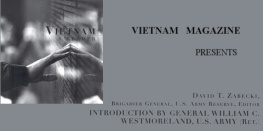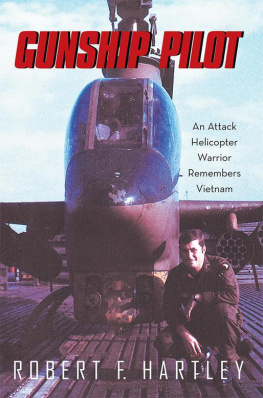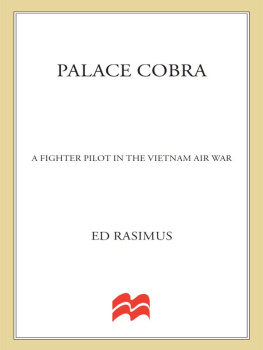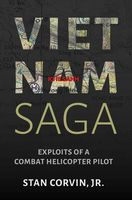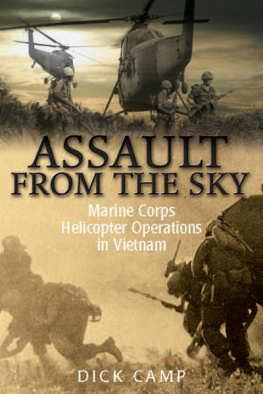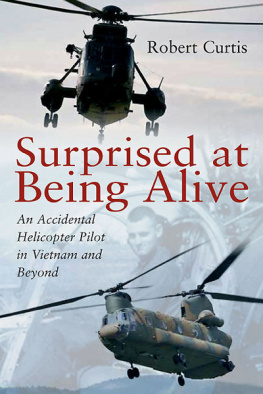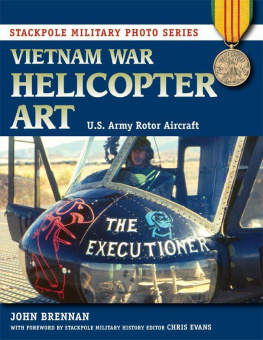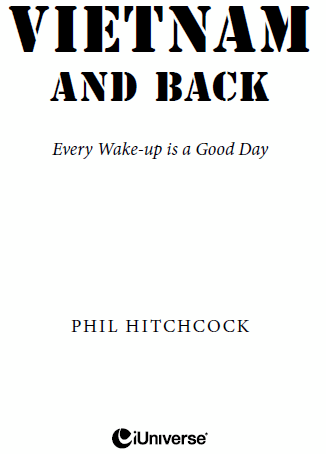
VIETNAM AND BACK
Copyright 2014 Phil Hitchcock.
All rights reserved. No part of this book may be used or reproduced by any means, graphic, electronic, or mechanical, including photocopying, recording, taping or by any information storage retrieval system without the written permission of the publisher except in the case of brief quotations embodied in critical articles and reviews.
iUniverse
1663 Liberty Drive
Bloomington, IN 47403
www.iuniverse.com
1-800-Authors (1-800-288-4677)
Because of the dynamic nature of the Internet, any web addresses or links contained in this book may have changed since publication and may no longer be valid. The views expressed in this work are solely those of the author and do not necessarily reflect the views of the publisher, and the publisher hereby disclaims any responsibility for them.
Any people depicted in stock imagery provided by Thinkstock are models, and such images are being used for illustrative purposes only.
Certain stock imagery Thinkstock.
ISBN: 978-1-4917-3819-1 (sc)
ISBN: 978-1-4917-3820-7 (e)
Library of Congress Control Number: 2014910858
iUniverse rev. date: 7/21/2014
CONTENTS
For:
Bill C, Frank B, Joe W, Bob K, other friends and pilots in my flight school class who did not come back.
This book was written to pass on to those who may be interested in the Vietnam War, the experiences and impressions from my year flying helicopter gunships in Vietnam during the late 60s. My Vietnam experience was an intense and exciting time. It was life changing. When writing letters home most detail regarding the deadly day to day combat action was intentionally avoided. Everyone was seeing daily updates on the war on TV and there was no point causing unnecessary worry. As a result, my family and friends knew very little about the combat action and the events in which I was routinely involved. Over the years there has been little talk about Vietnam other than a few quick stories related on occasion. Interestingly, there has never been much curiosity demonstrated or many questions a sked.
Another reason for writing this book is to preserve this story in print, lasting well beyond a few short conversations. It can be read, reread, pondered over, and read at ones own leisure. It will also serve as a record of many events from an important time in our history from the eyes of one individual U.S. Army helicopter gunship pilot. All the events and actions detailed in this book are typical to most helicopter gunship pilots in Vietnam. Nothing here is particularly extraordinary. The intent of this book is not to portray larger than life events or to create a sensational story, but rather to relate the activities of one average guy involved in helicopter warfare. If the reader does not want to be exposed to some details of combat actions in Vietnam, he should stop reading now and put the book down.
United States involvement in Vietnam was very unpopular. And the negative mood regarding the Vietnam experience seems to be a lasting one. More recently however, the Vietnam conflict might be viewed as having been justifiable, when considering the significant collapse of communism worldwide. We should keep in mind that in the mid 1960s communism was a real threat. At the time though, our involvement in Vietnam appeared to be a total waste of money, and sadly, a waste of more than 58,000 American lives. It still may be thought by some to have been a total waste. We should also remember the hundreds of thousands of Vietnamese who died and the thousands upon thousands of Vietnamese still reported missing in action t oday.
This book has been written following the general chronology of my year in Vietnam, along with periods leading up to going over, and the period immediately after returning home. Names for the enemy used are: VC (Viet Cong}, NVA (North Vietnamese Army), Charlie (generally the VC or NVA) and bad guys.
Full names of people referenced in this book have been avoided to protect their identities and any possible sensitivity of their fami lies.
No one knows very much about my experiences in Vietnam. So, although it has felt more comfortable remaining anonymous up to this point, it is now time to tell a more complete s tory.
Phil Hitchcock, Captain, U. S. Army, Vietnam 28 January 1969 to 28 January 1970.
Margaret, my lovely wife, has been a major part of my life for the past many years and has been a most willing participant in everything we have chosen to do together, from working in our Aviation Contract Services business, to pursuing our aerial photography adventures, to building a sailboat and going sailing. We have spent many hours in totally open and honest conversation bearing our hearts and souls. I have let down my guard, torn down the brick wall, and she now knows me better than any other person. She has spent countless hours editing this writing and has suggested many important changes. She is truly my lifes par tner.
I want to thank Joel Henderson, AECS U.S. Navy, retired. Joel is a long time friend from my flying days and has contributed information about the Navy in Vietnam and other specifics of Navy ship designations and missions. Joel served two tours in Vietnam and spent some time in Dong Tam and surrounding areas where I also se rved.
Thanks to my sister, Jane, for reading my manuscript and offering several suggestions for improvement. Her comments regarding overall content and readability have been hel pful.
It was another sunny day late in the afternoon, in South Vietnam. I had just positioned my gunship at an altitude of 3,000 feet above my target and was in a steep dive launching rockets as fast as the trigger could be pulled. The target was a long canal with palm trees on both sides where Viet Cong lived and were hiding in tunnels. This was the location where Frank, another captain and a friend of mine, had been killed a few days before by enemy fire. We were delivering some extra punishment on the bad guys. I fired twenty rockets before reaching maximum airspeed and began pulling out of my dive. Turning hard left into a steep climbing turn back up to altitude, I set up for another attack. Reaching altitude we performed a wing-over maneuver and rolled back on target in another steep dive. Eighteen more rockets were launched in the few seconds it took to reach maximum airspeed. After making another hard left turn and starting the climb back to altitude heading back to base, there was suddenly a loud explosion. The gunship shuddered and the cockpit immediately filled with white smoke. We were hit hard, and I felt the blast from under my seat on the back of my legs. The VC were known to have shoulder fired B40 rockets in this area, and we were always alert, watching out for the th reat.
I immediately reduced power and headed toward the ground, our ultimate refuge. Moving the flight controls around back and forth revealed that they were still functioning okay. When the smoke cleared, a quick scan of the instrument panel indicated that all systems appeared to be operating normally. While applying power and stopping our descent, the gunship seemed to be flying okay. Once again we began our climb to altitude heading back toward base. At first glance, there appeared to be no injury to my legs. Looking around the helicopter quickly, I noticed a hole about the size of a softball through the lower part of my door, about a foot away from my seat. There were ragged, torn metal edges outlining the hole. We continued on back to base and landed safely. This was one more close call, one of many past, and one of many more to come.
My time in Vietnam, actually had its beginning many years be fore.
Next page



